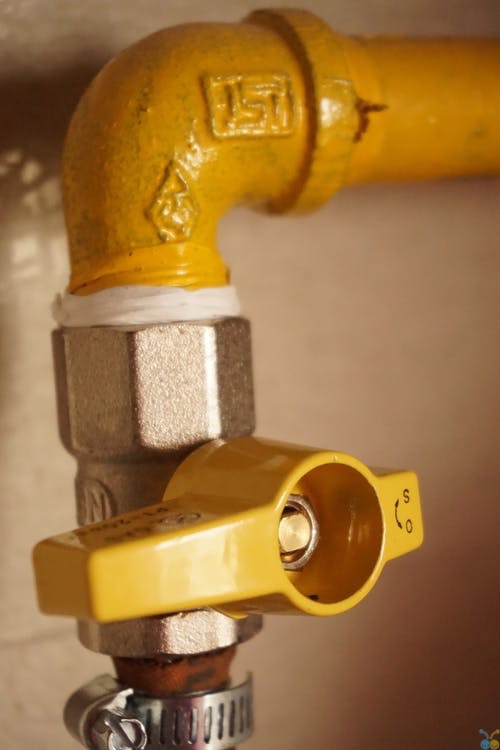
Valves are the basics for any engineer so to keep yourself up to date. Here are a few examples of the kind you can expect to find at some point in your career. They are the foundation of any piping system, so they are the vessel for many materials including oil, vapor, gas and liquids. Their main job is to control pressure. There are many types in the industry and here are some of the most common ones.
ARV valves
Automatic Recirculation valves are multifunctioning and make sure a minimum flow is ensured through the centrifugal pump. ARC, or automatic recirculation control valves, have a similar function making sure the minimum flow is controlled. The flow can suffer from overheating so it’s vital to control the flow otherwise this could damage the valve.
Ball valves
Small balls made of teflon rotate and control the flow. The ball has to stay in place and by doing this it control the flow. Ball valves are functional for a number of materials and can work under extreme temperatures.
Bellow sealed valves
Both types of bellow, forged and welded are typically used in with gate or globe designs because of their axial movement and internal construction.
Gate valves
These are made in order to stop or start a flow of straight line of fluid. Minimum flow restriction is key and generally they will always be left open or closed. When they are open the gate opens with a disk function which allows materials to flow. This means they are bidirectional and have good shut-off properties. They can be affected by vibration, however.
Orbit valves
These valves rely on a tilt and turn operation which avoids seal rubbing, the main cause of valve failure. When the valve is closed the core will be fixed closely against the seat which causes an automatic shut-off. This type of valve is able to work at extreme temperatures.
Plug valves
These uses a cylindrical plug to stop and start the flow. While open the passage in one line with the inlet and outlet ports. When rotated the solid part can stop the flow.
The good thing is that they are fast to switch off and smaller than most other types of valves, with minimal resistance to flow.
Pressure seal valves
These are built to work at high pressure. The most interesting feature is the pressure seal “bonnet” in which the body joint’s seal improves as the internal pressure increases. It’s necessary to note that these valves also exist as a bolted bonnet to close the valve and keep the pressure gasket sealed.
Oil stopping valves
The purpose of PVC and stainless steel valves for stopping oil is to contain bulk oil/fuel spills to their designated areas while allowing storm water to drain in non-spill conditions.
This is just a short list of the main types of valves you might encounter in your career as an engineer.


